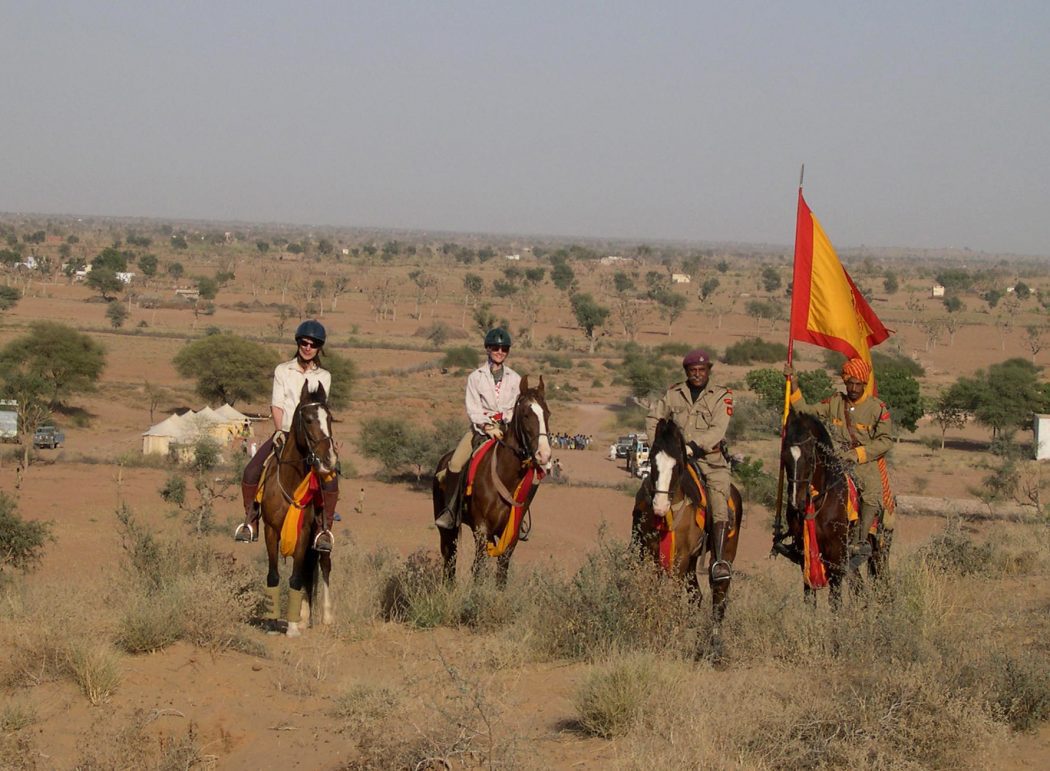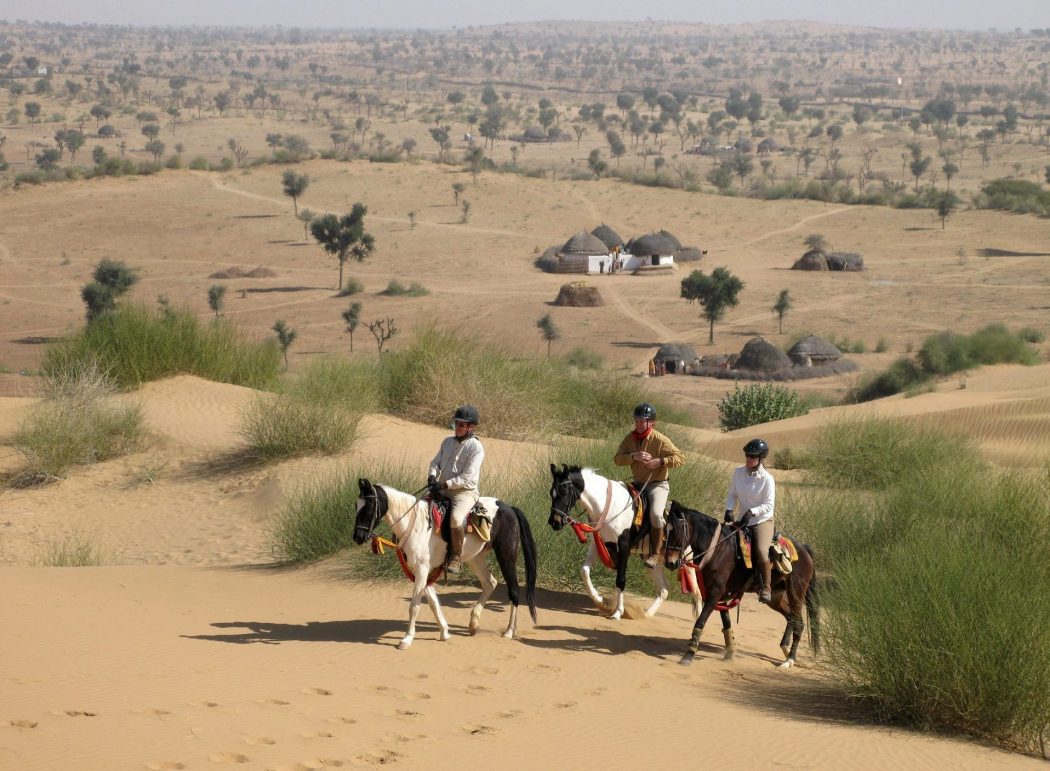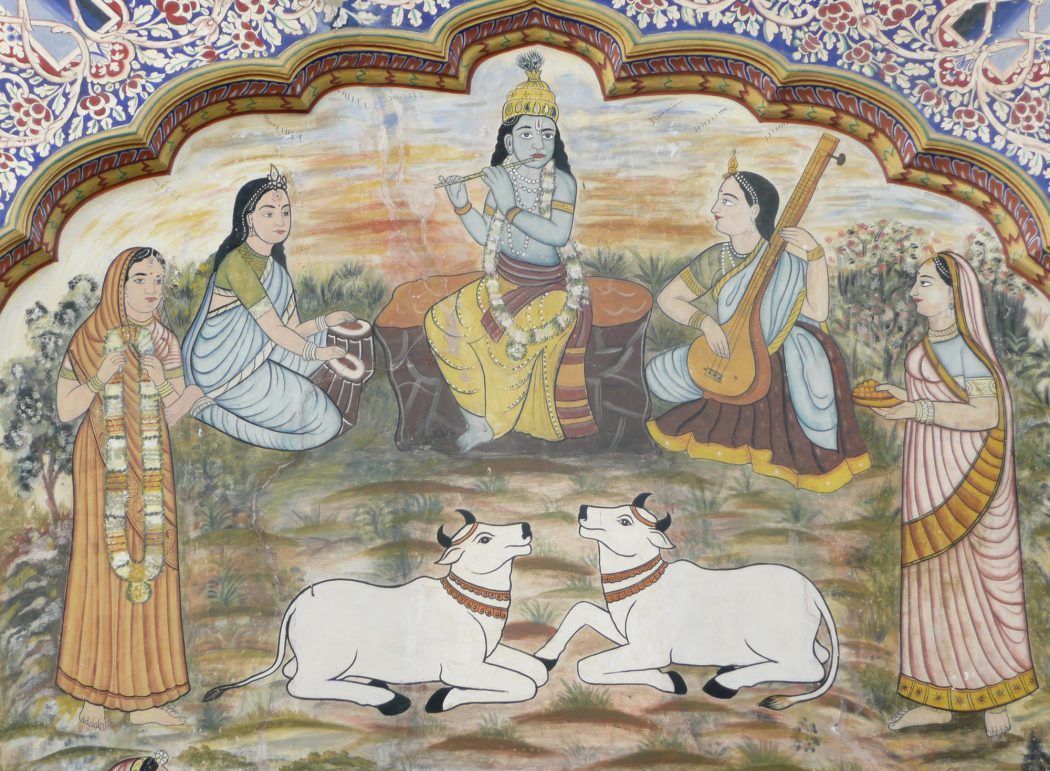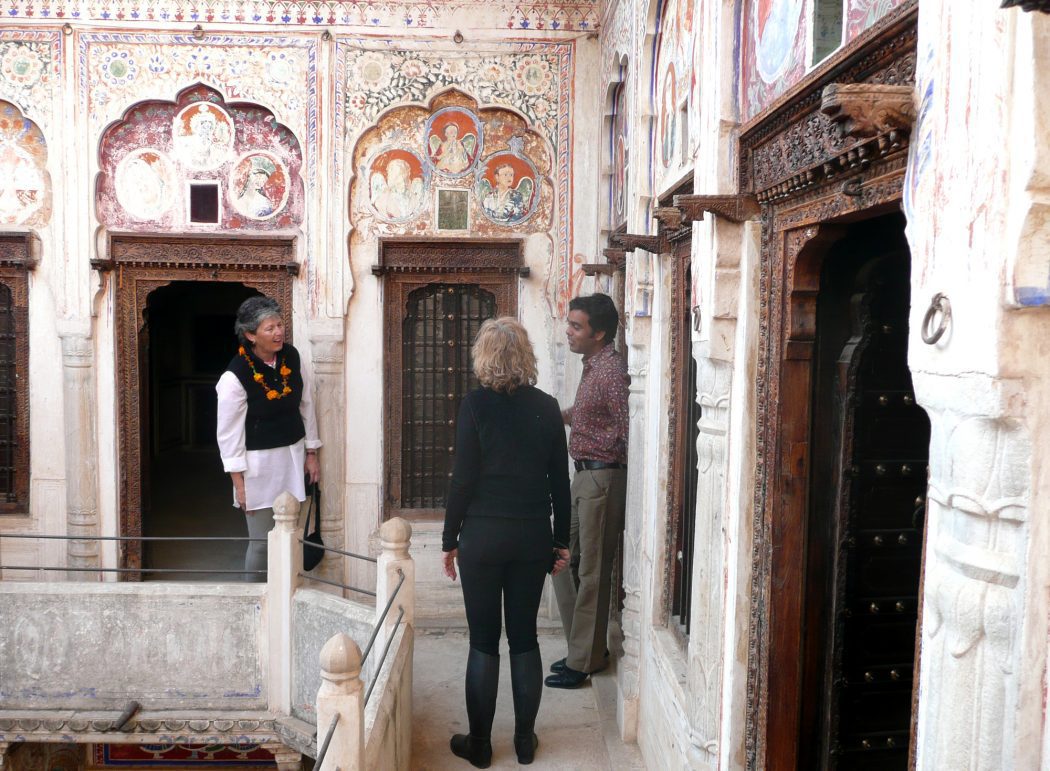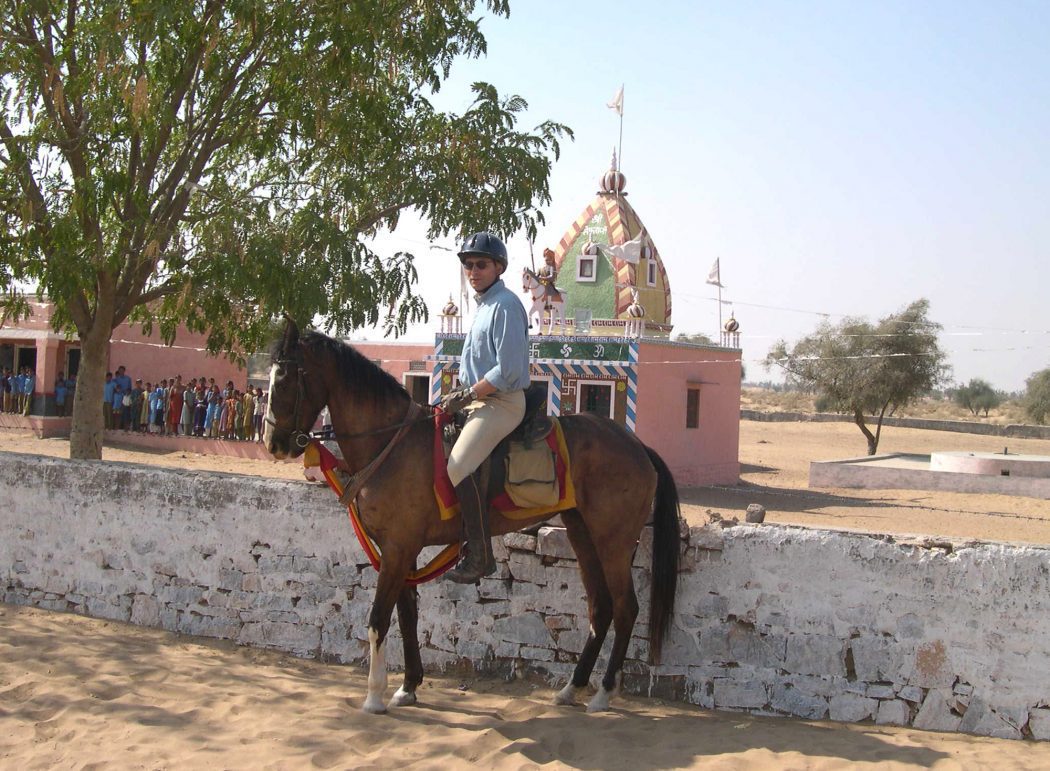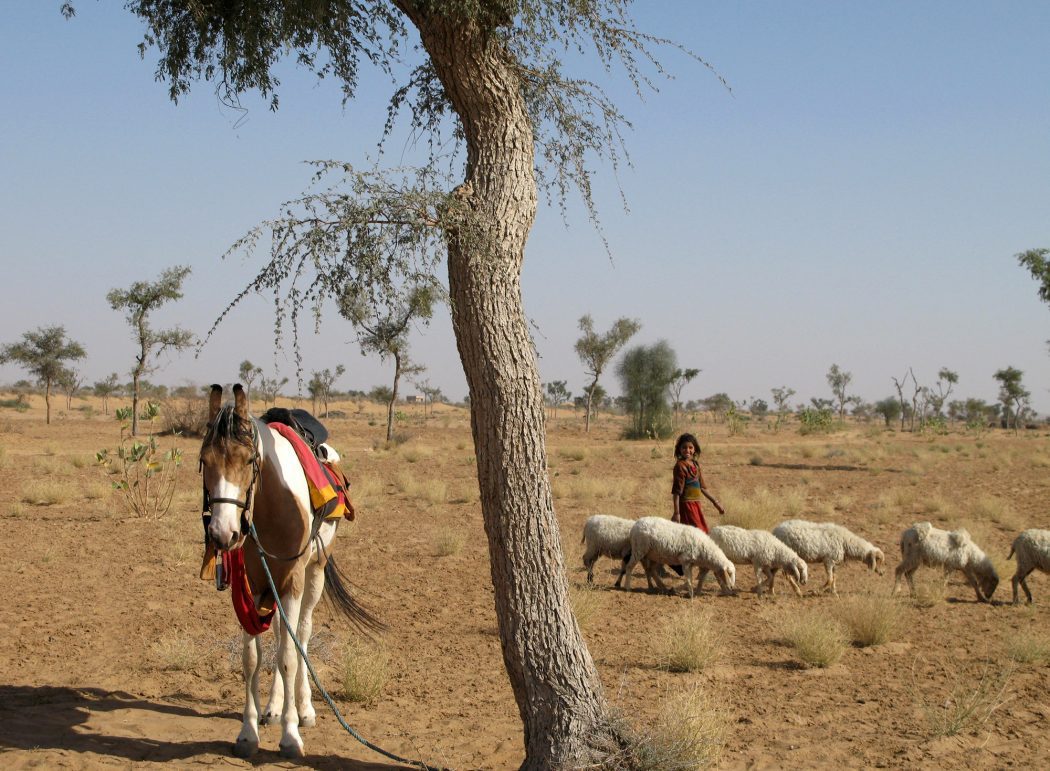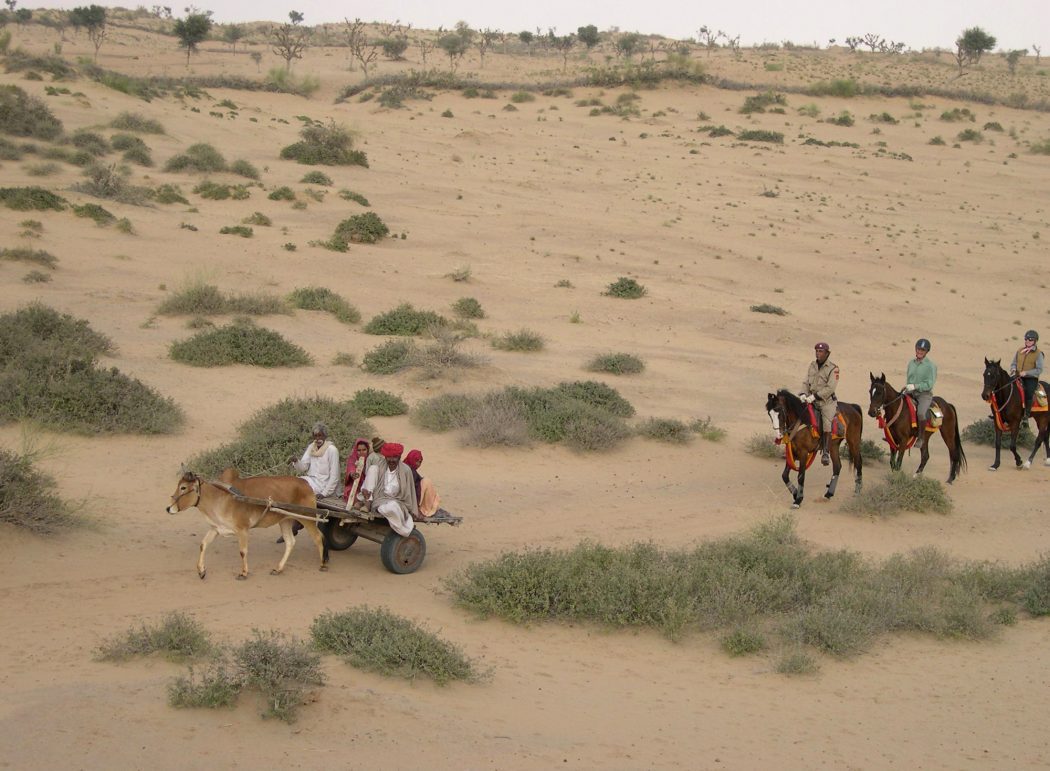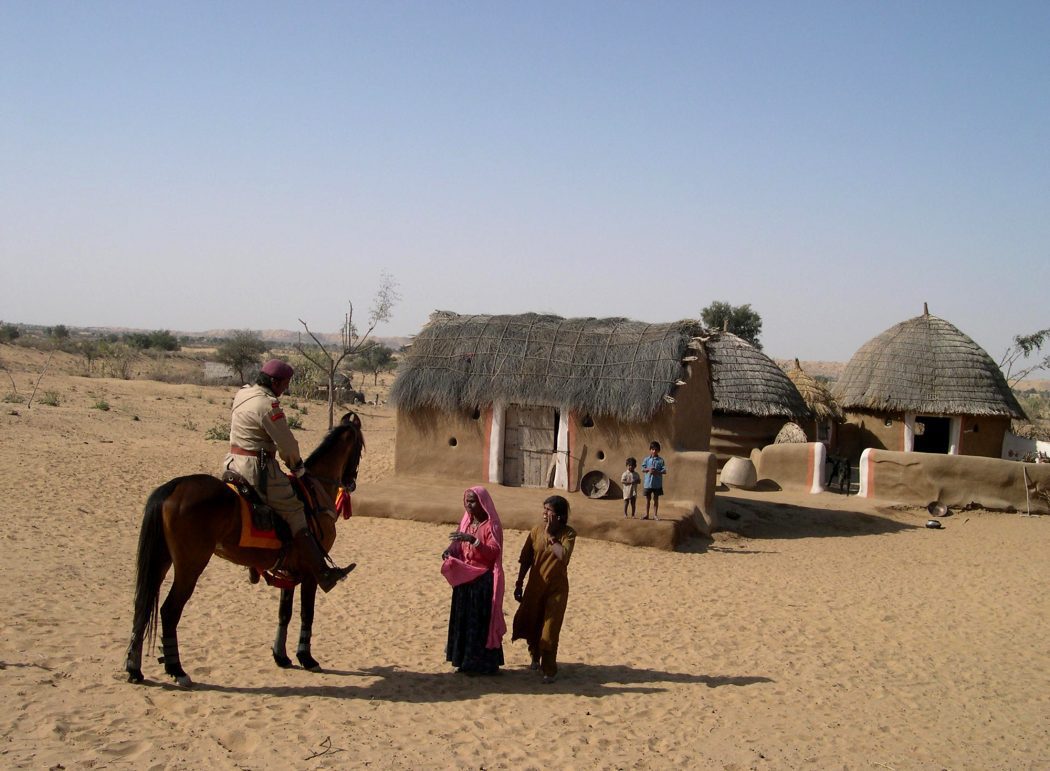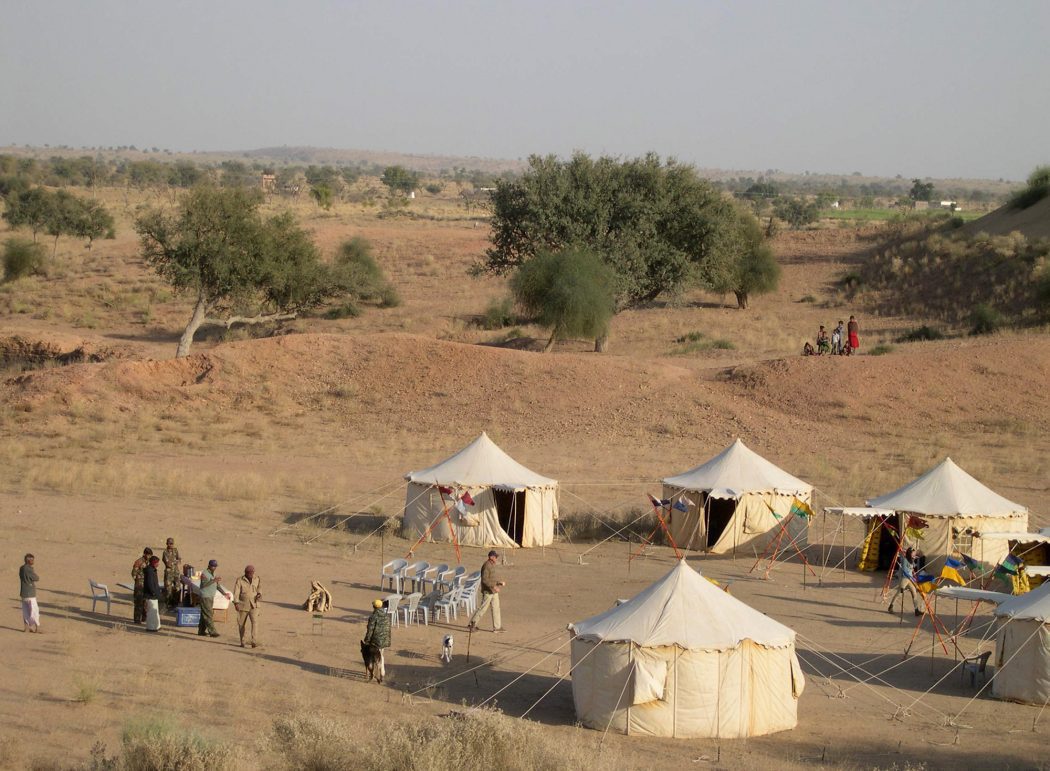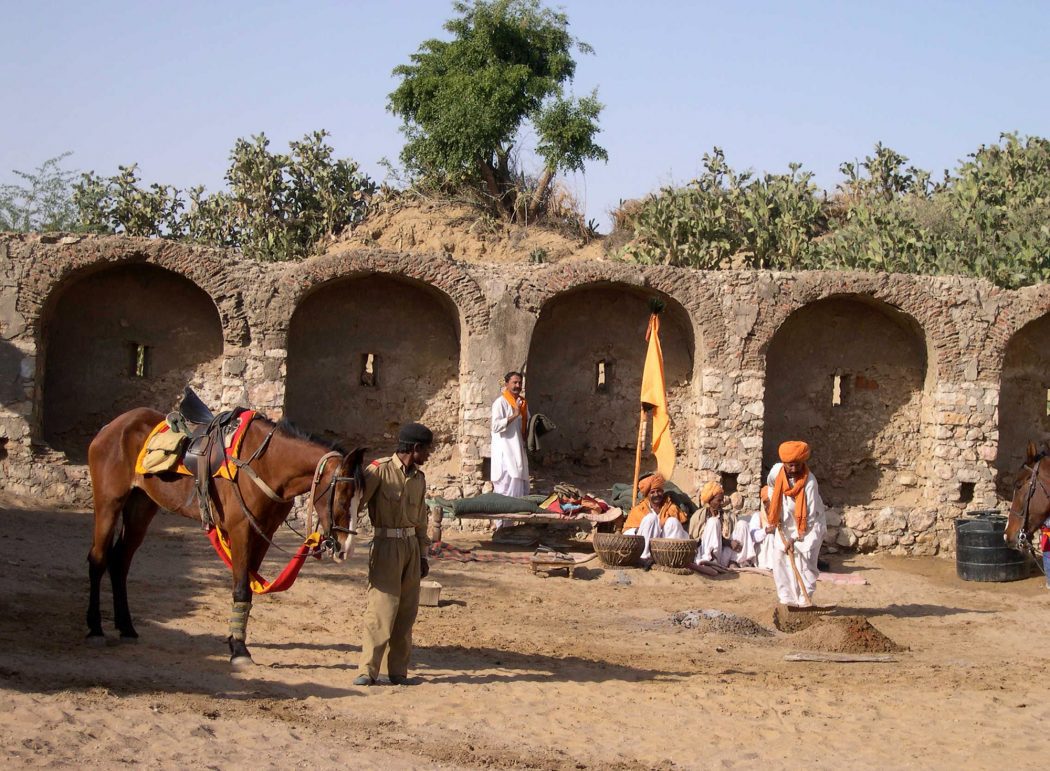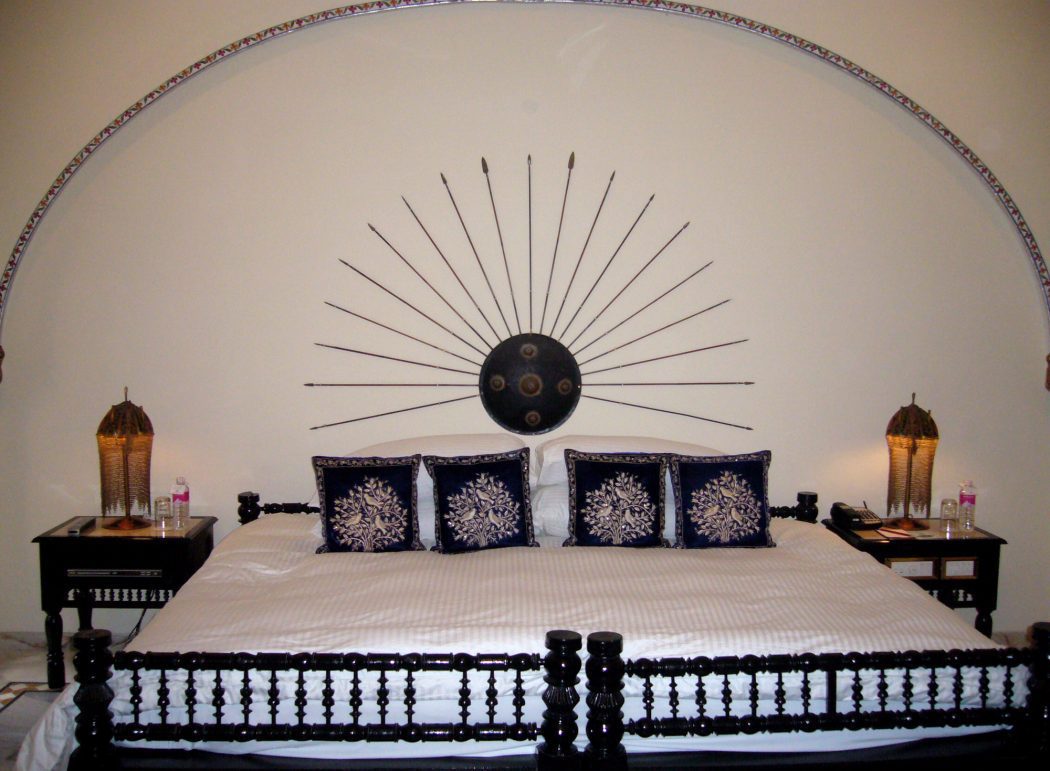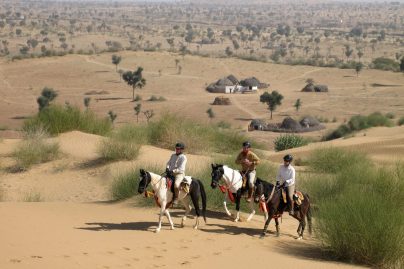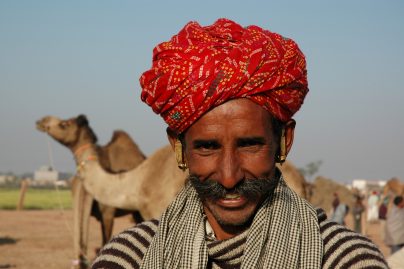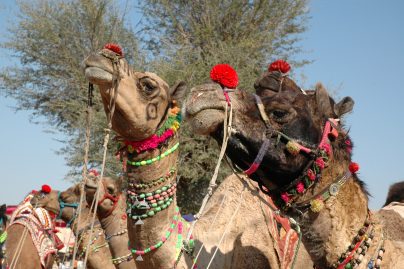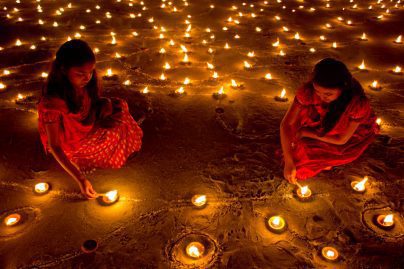Jan 16: Arrive in New Delhi and overnight in Hotel Vasant Continental or similar hotel. Rooms available from 12pm.
We are still glowing from our amazing, glorious, magical adventure in India. Everything was perfect! Thank you again for your terrific advice and putting us in contact with the outfitter who we are enormously grateful to. Riding in India was, without the shadow of a doubt, the most wonderful and delightful riding... Read more
John and Cathy Hyucke, 2014



